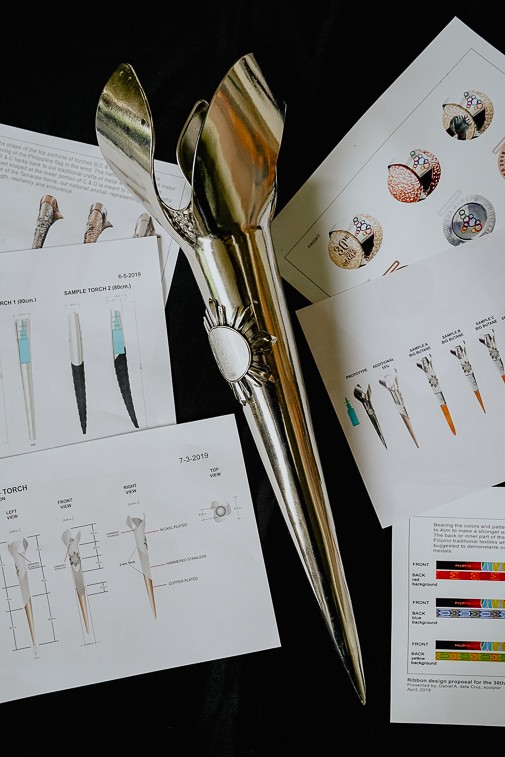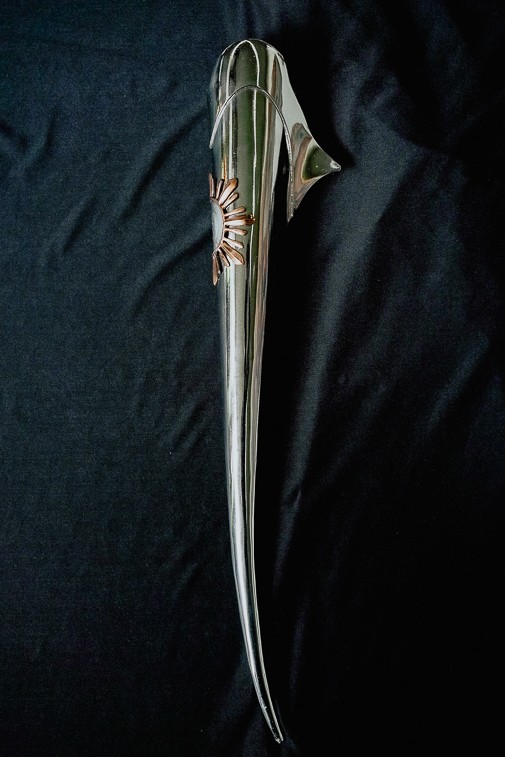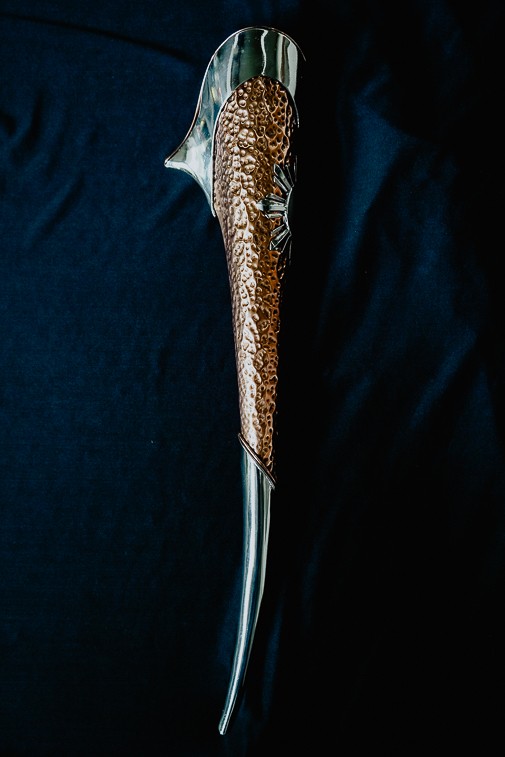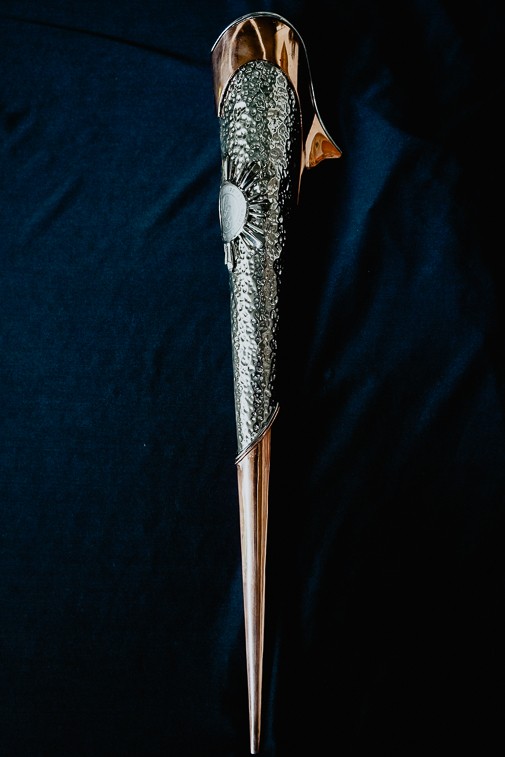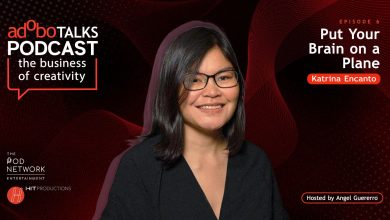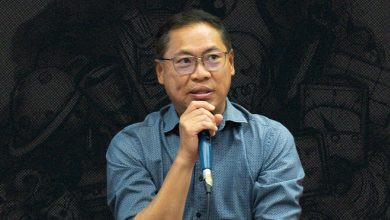Preparations are well underway as the Philippines stands poised to host the 30th Southeast Asian Games this year, from November 30 until December 11. This will be the country’s fourth time to host the tournament; the first was in 1981, followed by a return in 1991, and the last in 2005. 11 countries will be participating in 56 multi-sports games — the most number of games in the tournament’s history — set to take place in different venues spread across 23 cities in Luzon. It’s almost hard to imagine that a little over a year ago, the country had pulled back from hosting duties due to budgetary reasons and other challenges. News broke in the first quarter of 2019 that the decision to withdraw had been reversed and that the Philippines is to be expected to host the games as earlier planned.
The unveiling of the ceremonial torch design last August seemed to signify that it was indeed official: The Philippines is set and ready to host the SEA Games once again after 14 years. Cast in pewter, with solid wood at the handheld base, the torch embodies Philippine pride and honor. The graceful, petalled crown and robust body draws inspiration from the Sampaguita (Jasminum sambac). The eight sun rays emblazoned on the torch’s stem are said to symbolize unity, sovereignty, social equality, and independence, representing the eight provinces that historically rebelled against Spanish Colonial power in the Philippines: Manila, Bulacan, Tarlac, Laguna, Batangas, and Cavite. The man behind the torch’s design — renowned metal sculptor Daniel dela Cruz — was able to carve out some time to sit down with adobo magazine and chat about creating iconic pieces for both the country and the Church, adhering to his principle of designing with a purpose, and the perks of being a late bloomer in the Philippine art scene. The cauldron to be lit by the flaming torch meanwhile was designed by National Artist Bobby Mañosa, the last commissioned project of the legendary artist before his death in March of this year.
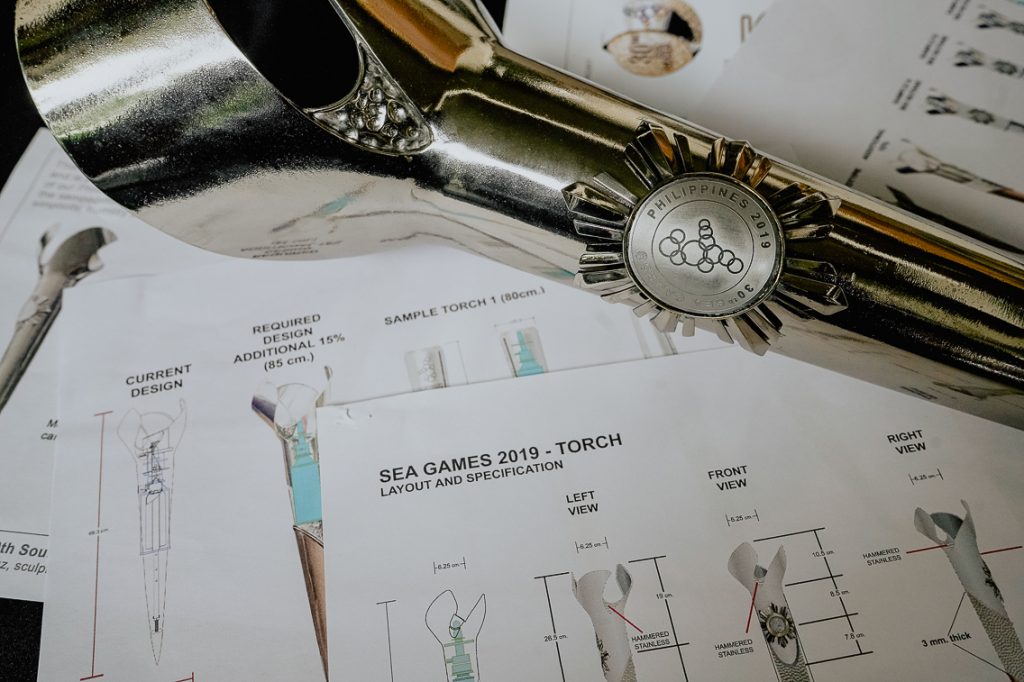
Whether it’s the largest crucifix in the country (the 7-meter-tall cross of the St. Michael the Archangel Church in Bonifacio Global City), or the brooding soldier reading a letter on the steps of the One Bonifacio High Street Park just to name a few, this Filipino born metal sculpture’s body of work has quietly but steadily been growing and gleaming across Metro Manila in a span of 13 years.
To begin tracing Daniel dela Cruz’s artistic history, we’d have to go all the way back to his childhood. As a young boy, he was already fond of molding figures using clay and various materials he could find. Like many Filipinos raised by traditional families, Daniel shares that his parents were self-made and inculcated in their children the value and benefits of a professional career for a secure future. Fulfilling his father’s wishes albeit reluctantly, Daniel pursued courses in the fields of medicine and law and completed a degree in Philosophy from the University of the Philippines. Daniel would later muster the courage to break free and carve out his own path, even if it meant the risk of disappointing his family and having to strike out on his own without any familial support. In the Philippines, where familial support and validation is heavily ingrained in the culture, Daniel’s decision to risk his family’s approval and support to pursue his own dreams would be deemed as courageous and self-determined.
Unlike many artists, whose stories often begin with years of struggle and frustration in the name of creative fulfillment, Daniel’s life appears to have a reverse storyline. Finally independent without his family’s support, Daniel would find his first job in a factory for export craft works as a product designer. He chuckles at the memory of his first day, having winged his interview without technical or fine arts training. “Then when it was time to get to work, I got in line with the other workers in the factory, I realized I had no idea what to do,” recalls Daniel. Luckily, his coworkers were kind and helpful enough to show him the ropes on how to work with different materials and apply various techniques that he hadn’t studied in school. This was in the early 1990s, at the height of the export industry for handicrafts and Christmas decor that were handmade in the Philippines. Daniel learned quickly, his love for crafting with his hands combined with discipline and hard work propelling him to advance in the company wherein he steadily climbed the ranks from lead product designer to full partner and, ultimately, president of the company.
Prototypes for the torch, designed and proposed by dela Cruz
Beyond financial security and a successful professional trajectory, Daniel’s years in product design and in the export industry had earned him so much more than anything quantifiable. “The team I have now is really more like a family; some of the workers have been working with me since my early years at that export company,” shares the sculptor, who currently runs his own studio comprised of around 20 workers. “We started together, now we’re growing old together. And because we all had to create all sorts of products using a spectrum of materials and apply various techniques, we now have the edge of being experts at working with a wide range of material.” His years of experience in the export industry had also equipped him with a large network of brands and manufacturers around the world, as well as the prowess to negotiate and engage. All of which have given him an advantage as a metal sculptor in the Philippines and in his recent work for developing the SEA Games’ torch. “It was basically similar to what I used to do before: propose a couple of concept designs, then work with manufacturers abroad that possess the technical capabilities to produce the actual products, all the processes until the actual production, the main requirement for the manufacturers to have produced similar works for the Olympics or the Sea games” Daniel explains. “I’m used to doing these things and working with manufacturers around the world, discussing the processes and technicalities of working with different materials. We spoke the same language, so I’m very familiar with this process.”
Before his breakthrough in visual arts with his debut exhibit in 2007 at the age of 40, Daniel’s creative career had been defined by functional design in an industry that valued profit and demand before any kind of artistic validation. “For me, as a designer, function and purpose define my work. A design might be beautiful, but does it work? Is it functional? I believe that should always be in the mind of a designer,” Daniel attests. “Perhaps this mindset or design philosophy is the result of all those years working in product design, where work was done with an end goal and in the service of a client. This is also perhaps why I am somewhat of a late bloomer in the art scene.”

Before his 40th birthday, Daniel had found himself contemplating the next steps of his career while planning how to celebrate. “Forty seemed to mark bucket list time so I suppose it inspired me to think big and do something special,” Daniel remembers. “I thought, should I just throw a huge party at 40? But I felt that it should be something more meaningful, more fulfilling, so I thought, hey, why not take a shot at having an art exhibit,” With the support and guidance of his friends, National Artist Arturo Luz and Architect Lor Calma, Daniel successfully mounted his first solo exhibition as a sculptor titled Kandungan, a tribute to women and the beauty of childbirth. This was the first of several more successful artistic exhibitions, as well as numerous collaborations and private commissions that would help cement his name as one of the thriving metal sculptors in the country. Daniel also credits his career as a product designer for making his artistic endeavors possible to take off. Without the constraints of financial stability or being confined to any particular school of thought in fine arts, Daniel had the resources of a working studio and a team of workers, not to mention being equipped with technical knowledge and working familiarity with various materials to fully embark on an independent artistic journey as a metal sculptor.
As an artist and designer driven by purpose and meaning in all his creations, Daniel’s most publicized work this year tackled a theme that’s weighed heavily on both the public as well as the artist on a personal level. Earlier this year at Art Fair Philippines, which was anchored on the theme of mental health, Daniel’s sculpture installations had illuminated the destructive impacts of social media on people’s mental and emotional wellbeing in this day and age, was met with a resounding reception and culminated in an interactive forum by inviting viewers to leave notes of encouragement and hope for anyone struggling with depression and anxiety.

About two years ago, the sculptor spearheaded an exhibition at Pinto Museum, featuring the work of several artists using sculpted hands to depict the project’s overarching theme of supporting fellow artists who need help. This exhibition was a project under the Visual Art Helping Hands Foundation, whose primary objective is to raise funds to support the health and medical needs of artists who are struggling financially. There will be a second exhibition this coming November to be held at The Metropolitan Museum of Manila, in which 56 participating artists volunteer their creative services to tackle the theme of mental health awareness and by using chairs as a medium for their respective artworks.
“I’m at this point where I want to give back to the community,” shares Daniel, as we walk through his home garden.“Some people have asked me, ‘Daniel, why are you doing this?’ and one thing I always mention is, it’s nice to be able to make or do something that will outlive us. And so far, with this, it [the work I do] looks like it will be alive helping generations from now on. At least, that’s what I strive for in each project I do.”
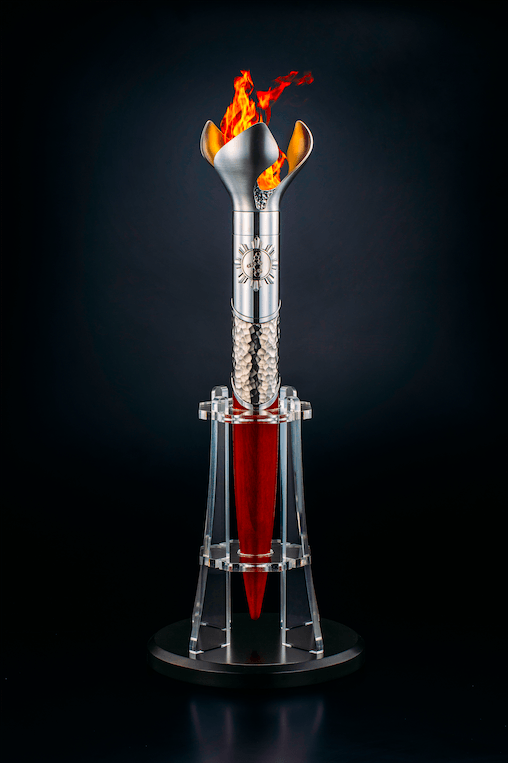
The artist recently helped spearhead and organise a second major exhibition for Visual Arts Helping Hands Foundation entitled, “Chapter 2: The Empty Chair Project” which runs from November 12, 2019 to January 31, 2020 at the Metropolitan Museum of Manila. Featuring the works of some of the country’s most respected artists, this exhibit aims to support the foundation’s healthcare initiative for practicing visual artists and artist support practitioners like curators, art critics, art professors, and established gallery workers and other support professions. It will also benefit a number of mental health advocacy groups such as Anxiety and Depression Support Philippines, Buhay Movement, Silakbo and #MentalHealthPh.
Photographs by Mohd Sarajan


